EL CICLO DE VIDA DE NUESTRA ROPA (COPY)
El impacto de las aplicaciones de moda de segunda mano

1. LA CRISIS MEDIAMBIENTAL DE LA MODA
2. FAST FASHION Y SU IMPACTO MEDIOAMBIENTAL
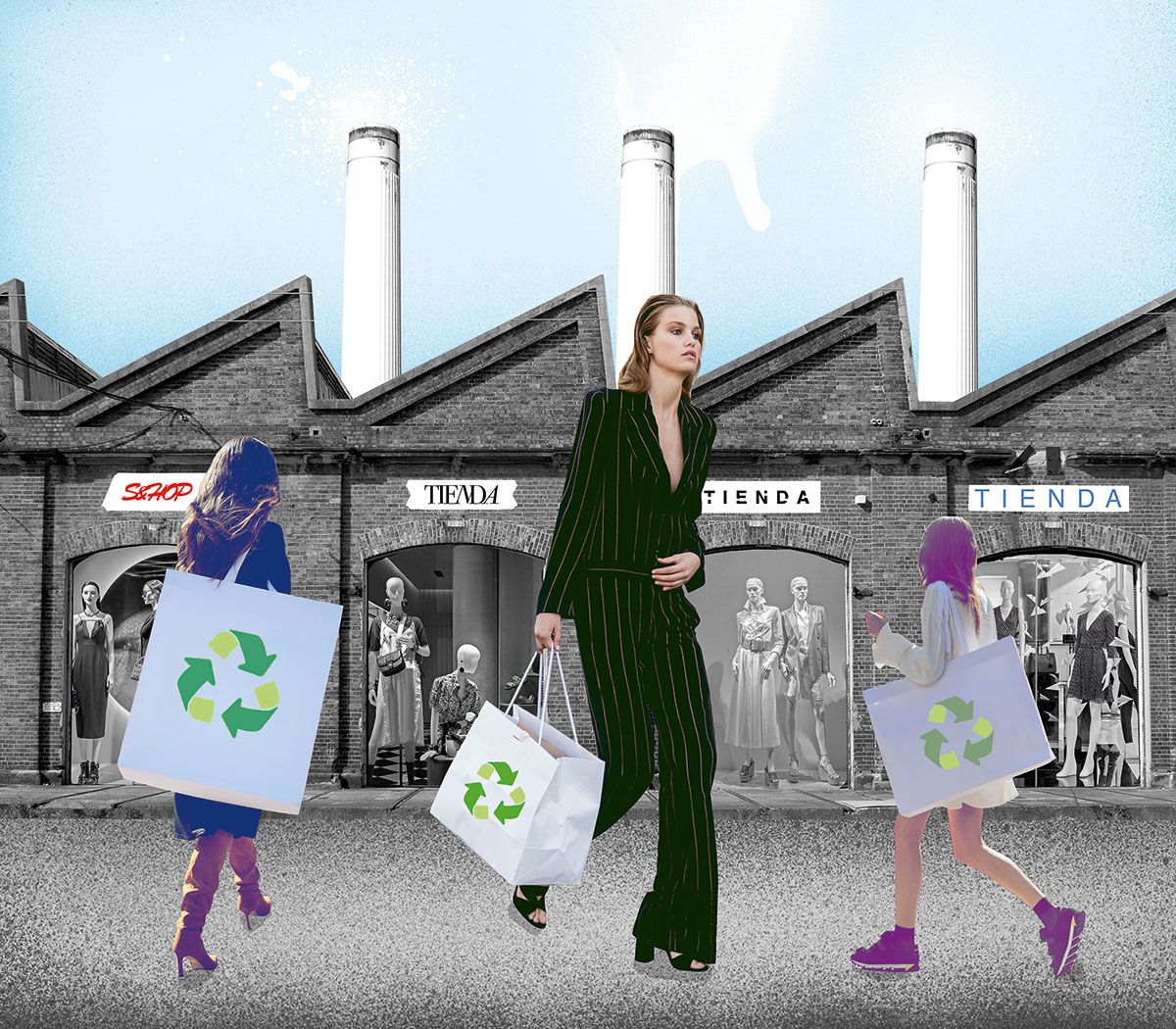
¿QUÉ ES?

Sistema de producción de prendas de reducido precio con una elevada adaptabilidad a las modas y deseos del consumidor que cuenta con una manufacturación muy veloz. Este método de producción crea en la sociedad una necesidad de consumo desmedido y por lo tanto, irresponsable.
¿CÓMO FUNCIONA?
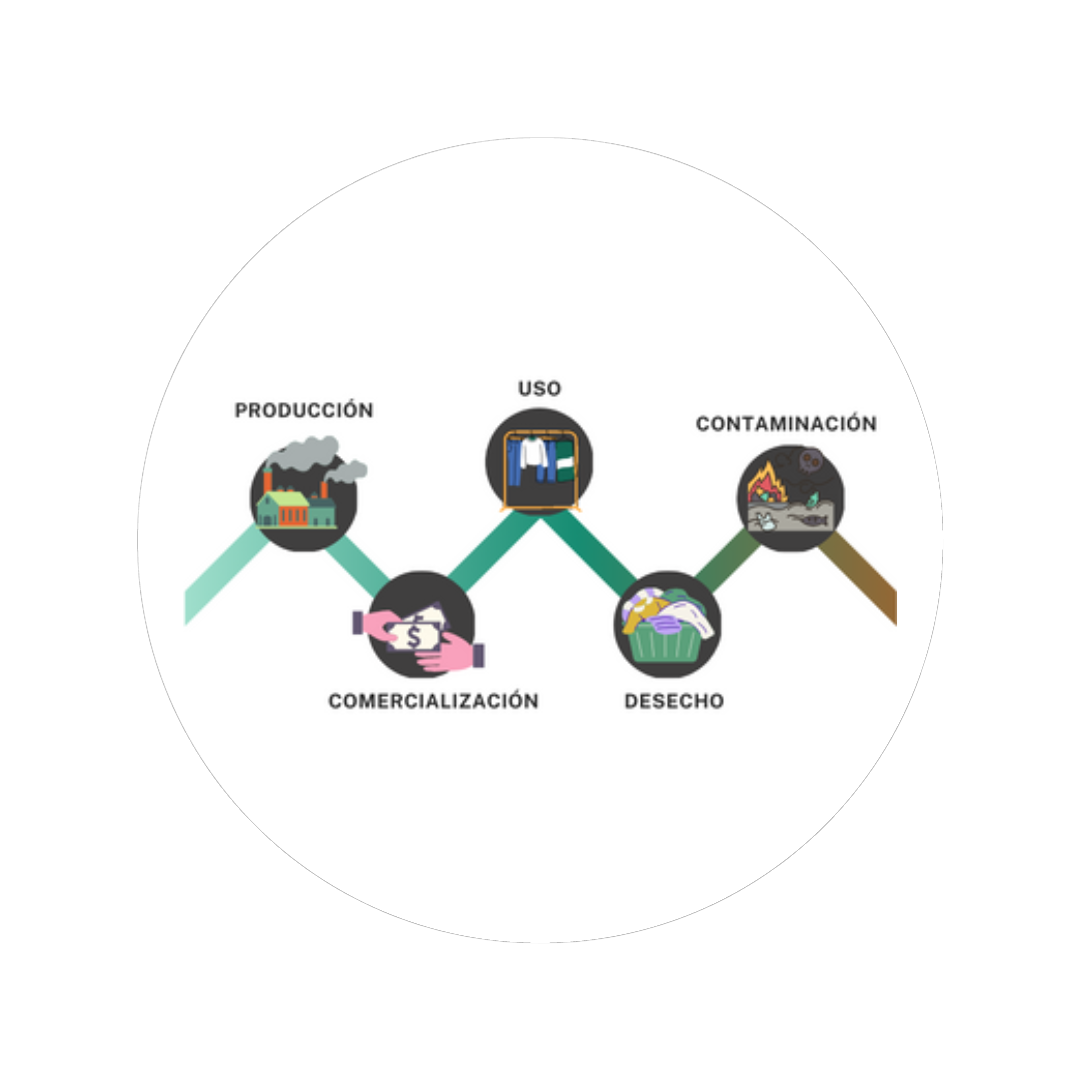
¿CUÁL ES SU IMPACTO?
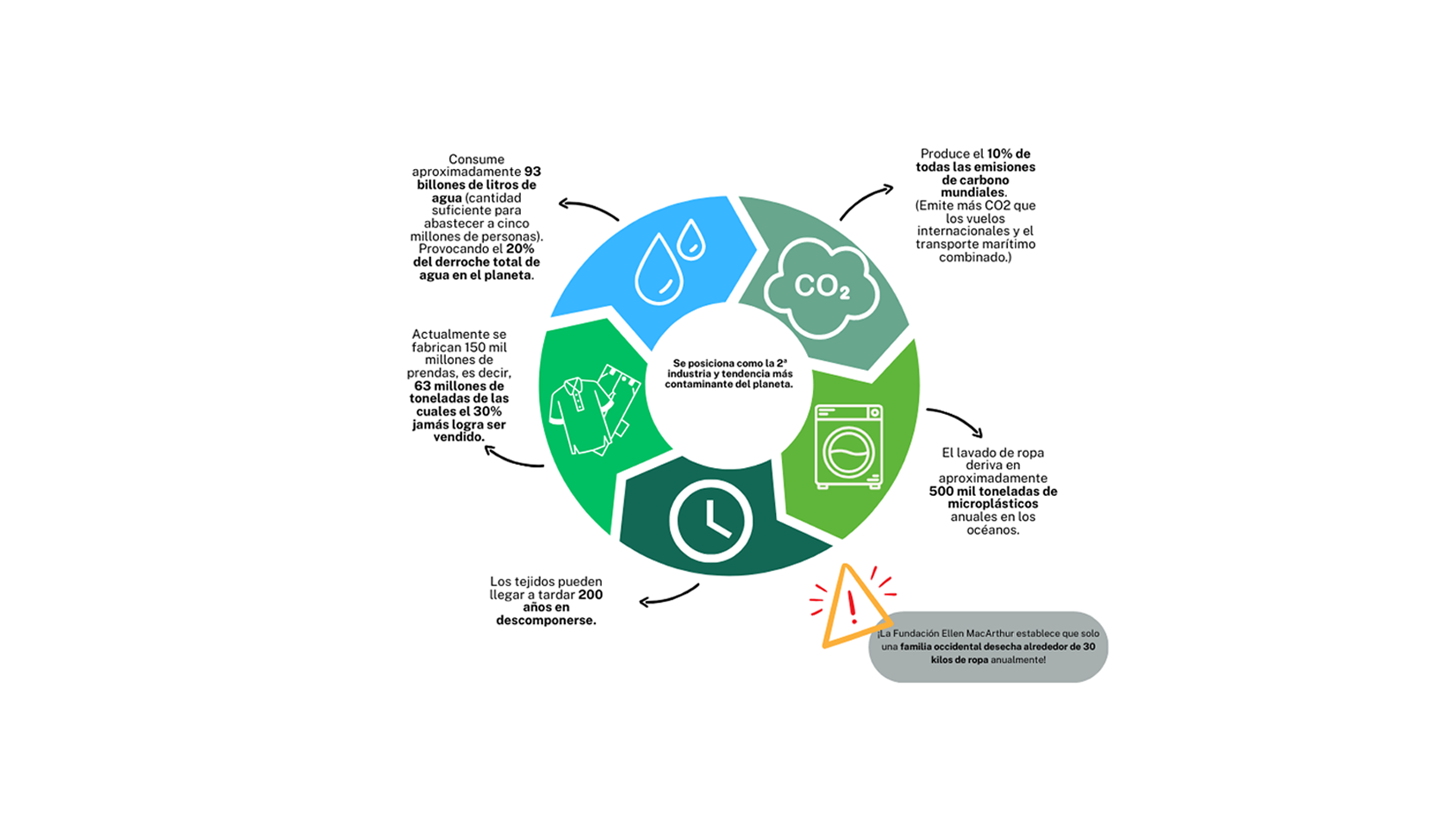
EL FUTURO DEL FAST FASHION
El impacto ambiental del fast fashion es innegable. Es por esta razón que no se puede seguir desarrollando una producción tan nociva para nuestro planeta.
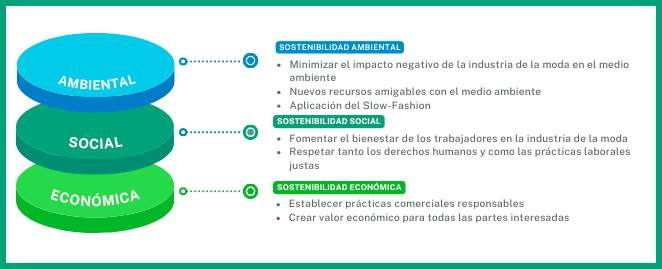
Ante esta situación, tanto empresas como organizaciones gubernamentales, están empezando a replantear el proceso de la industria textil y adoptando nuevas, y por ahora casi imperceptibles por el consumidor, medidas que buscan la sostenibilidad. Muchas de estas medidas están directamente relacionadas y vinculadas con objetivos de la agenda 2030.

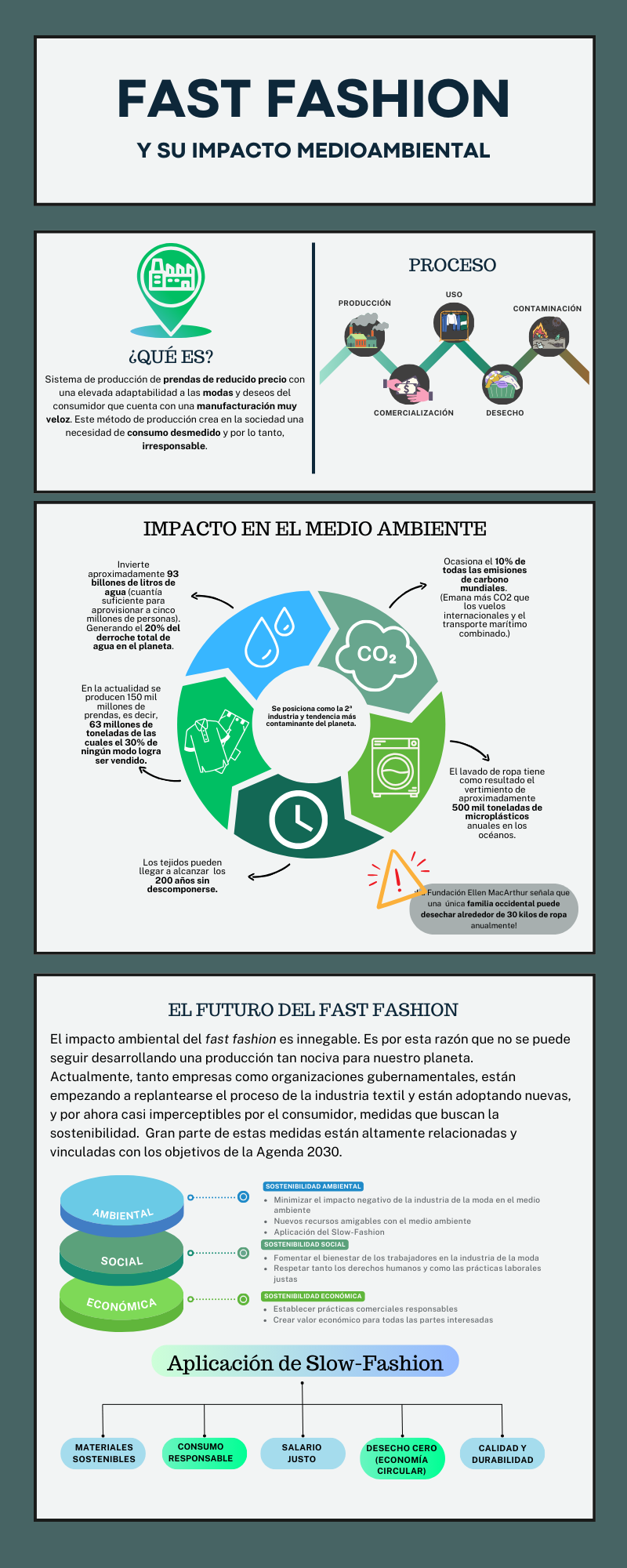
3. INFORMACIÓN PARA ENTENDER EL PROBLEMA
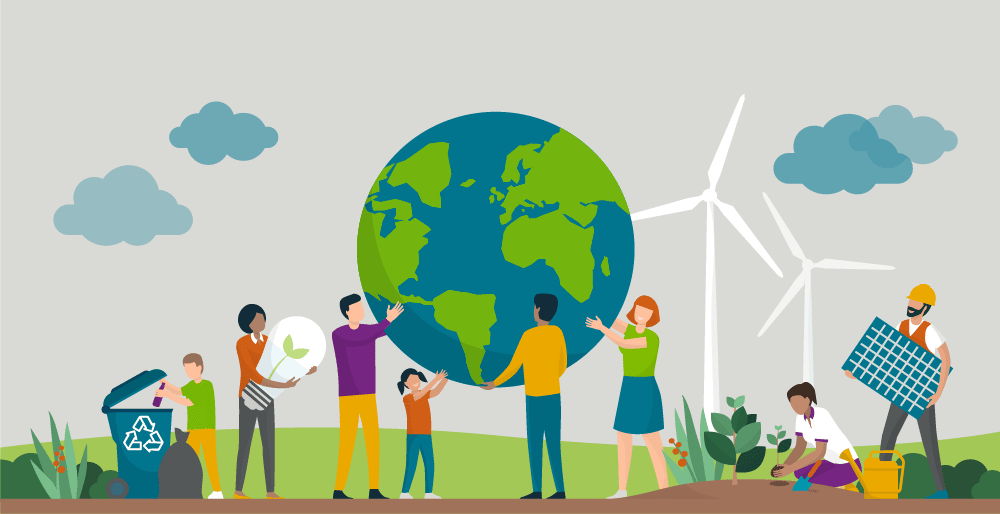
3.1. EL CICLO DE VIDA DE NUESTRA ROPA
Tradicionalmente, el ciclo de vida de una prenda ha seguido un enfoque lineal, caracterizado por un principio y un fin definidos, en el que la prenda termina convirtiéndose en un residuo.
No obstante, la desmesurada cantidad de desechos generados ha provocado una necesidad de un nuevo cambio de modelo y adentrándose en la economía circular.

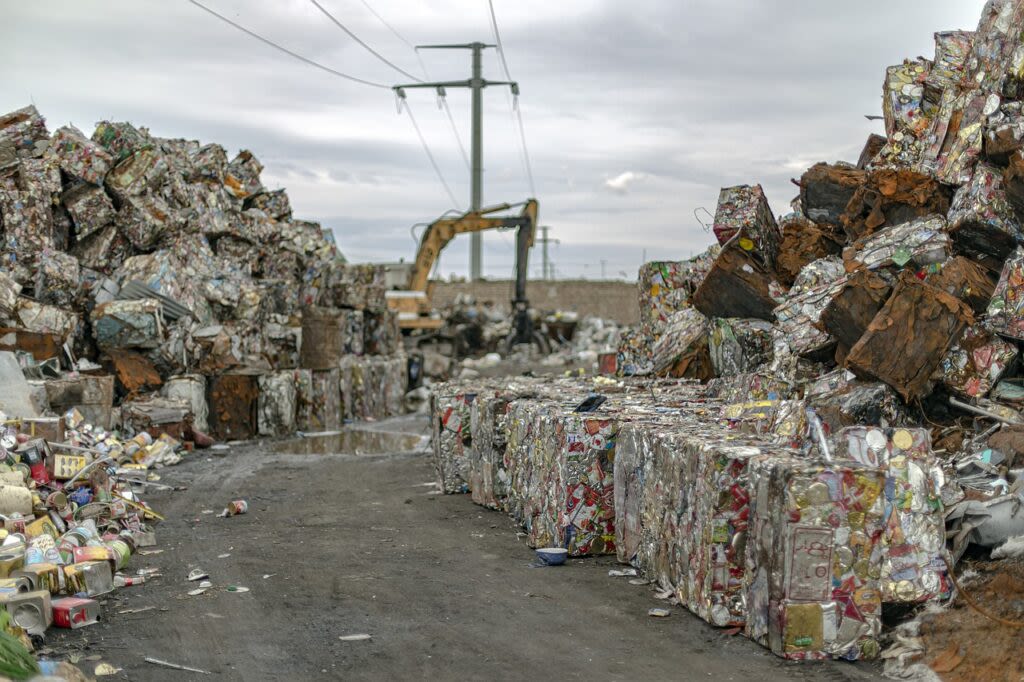

Según la Fundación Ellen MacArthur, la economía circular es un modelo regenerativo que propone mantener en todo momento los productos y materiales en sus más altos niveles, eliminando los residuos del sistema y separando la actividad económica del consumo de los recursos finitos.
Al adaptar este proceso e incorporarlo a la industria textil conseguimos minimizar el desperdicio y maximizar la reutilización de recursos. La implementación de estrategias apropiadas lograría para el año 2040 disminuir en un 50% la producción de plástico y prevenir la entrada de aproximadamente 80 millones de toneladas de plástico en el mar.
Este concepto se basa en la premisa de que los productos textiles deben seguir ciclos cerrados, evitando el proceso lineal tradicional de "producir, usar y desechar". Por otro lado, según estimaciones de la Oficina Internacional del Trabajo, el cambio hacia una economía circular podría generar hasta seis millones de empleos a nivel global.
Este aumento se da en el contexto de empresas que deben adaptarse a la sustitución de los métodos convencionales de generación de ingresos que se centran en las fases de extracción, fabricación, utilización y eliminación de recursos. Es por este motivo que el reciclaje es otro elemento a considerar desde la concepción de una prenda, así como en la estrategia global de una marca.
Antes de llegar a la fase de desecho, la ropa de segunda mano plantea una de las alternativas más accesibles y fáciles de instaurar en toda la población. De acuerdo con Wosskow, esta opción ha estado presente en mayor o menor medida a lo largo de la historia dependiendo de las tendencias y situaciones económicas de los diversos países, sin embargo, nunca ha estado tan vigente.

Cada vez podemos localizar más tiendas físicas donde vender y comprar ropa de segunda mano, al igual que aplicaciones (Vinted, Wallapop, entre otras), sin embargo la cosa no acaba aquí, las empresas de moda consideradas como fast fashion se están uniendo a esta nueva necesidad creando secciones específicas en sus aplicaciones (Zara y Zalando).
Es más, Inditex ha proporcionado el siguiente gráfico como modelo a seguir.
4. INFORMACIÓN PARA ENTENDER EL PROBLEMA

¿QUÉ ES?

Sistema de producción de prendas de reducido precio con una elevada adaptabilidad a las modas y deseos del consumidor que cuenta con una manufacturación muy veloz. Este método de producción crea en la sociedad una necesidad de consumo desmedido y por lo tanto, irresponsable.
PROCESO
In most languages, writing is a complement to speech or spoken language. Writing is not a language but a form of technology. Within a language system, writing relies on many of the same structures as speech, such as vocabulary, grammar and semantics, with the added dependency of a system of signs or symbols, usually in the form of a formal alphabet. The result of writing is generally called text, and the recipient of text is called a reader. Motivations for writing include publication, storytelling, correspondence and diary. Writing has been instrumental in keeping history, dissemination of knowledge through the media and the formation of legal systems.
¿QUÉ ES?

Sistema de producción de prendas de reducido precio con una elevada adaptabilidad a las modas y deseos del consumidor que cuenta con una manufacturación muy veloz. Este método de producción crea en la sociedad una necesidad de consumo desmedido y por lo tanto, irresponsable.
PROCESO
In most languages, writing is a complement to speech or spoken language. Writing is not a language but a form of technology. Within a language system, writing relies on many of the same structures as speech, such as vocabulary, grammar and semantics, with the added dependency of a system of signs or symbols, usually in the form of a formal alphabet. The result of writing is generally called text, and the recipient of text is called a reader. Motivations for writing include publication, storytelling, correspondence and diary. Writing has been instrumental in keeping history, dissemination of knowledge through the media and the formation of legal systems.
Writing is a medium of communication that represents language through the inscription of signs and symbols.
In most languages, writing is a complement to speech or spoken language. Writing is not a language but a form of technology. Within a language system, writing relies on many of the same structures as speech, such as vocabulary, grammar and semantics, with the added dependency of a system of signs or symbols, usually in the form of a formal alphabet. The result of writing is generally called text, and the recipient of text is called a reader. Motivations for writing include publication, storytelling, correspondence and diary. Writing has been instrumental in keeping history, dissemination of knowledge through the media and the formation of legal systems.

Clownfish
Clownfish

Starfish
Starfish

Seahorse
seahorse
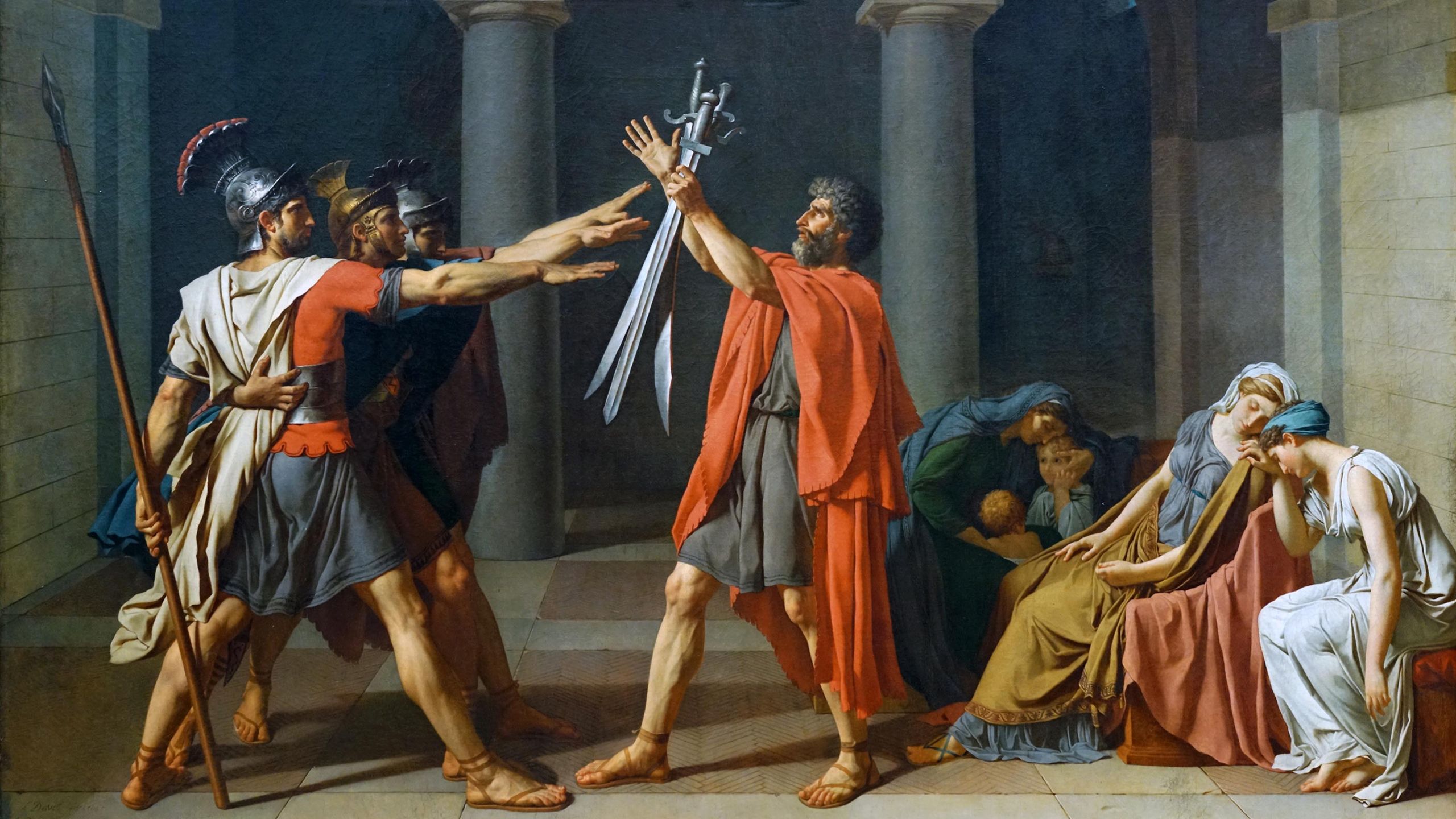
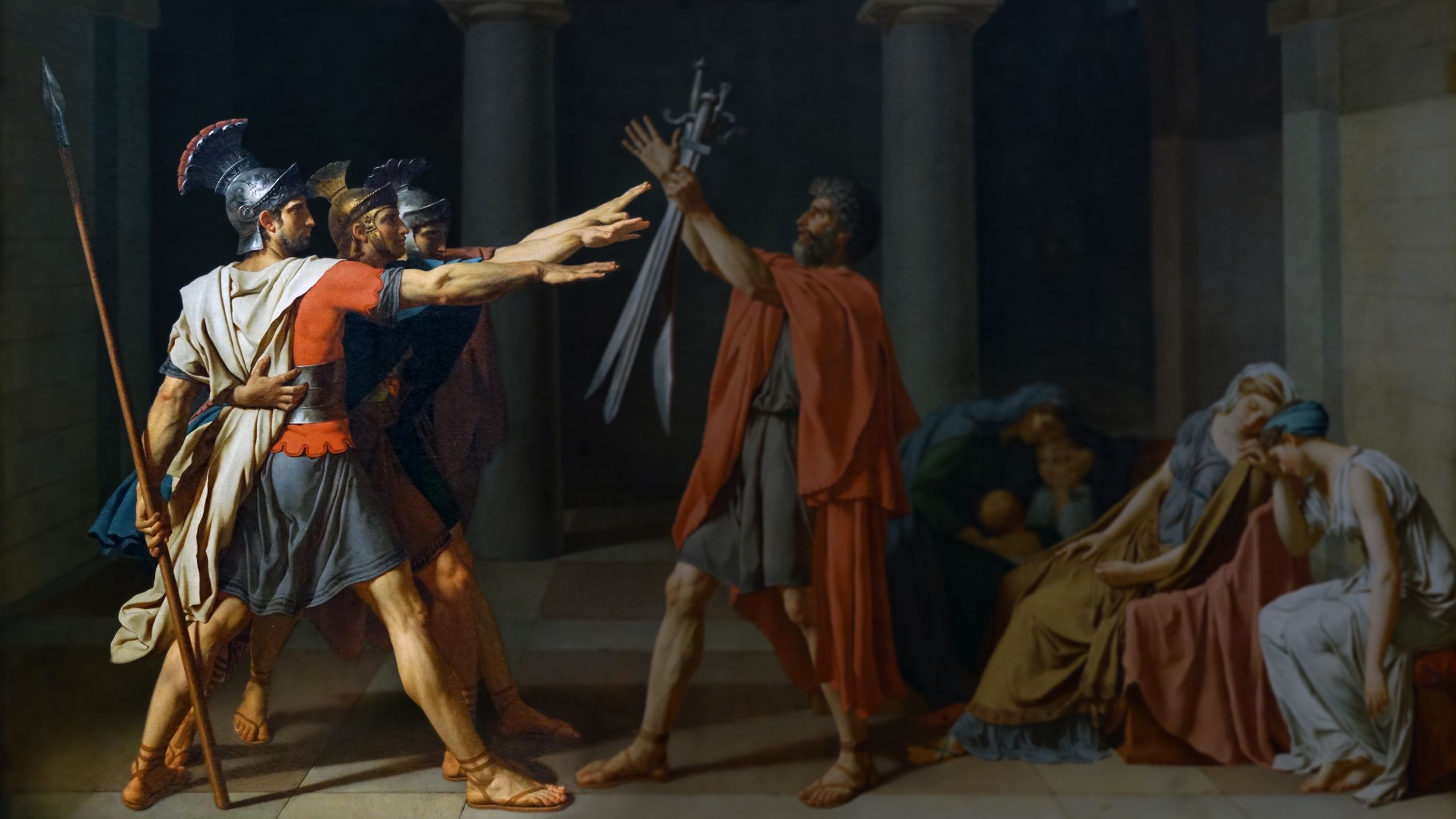
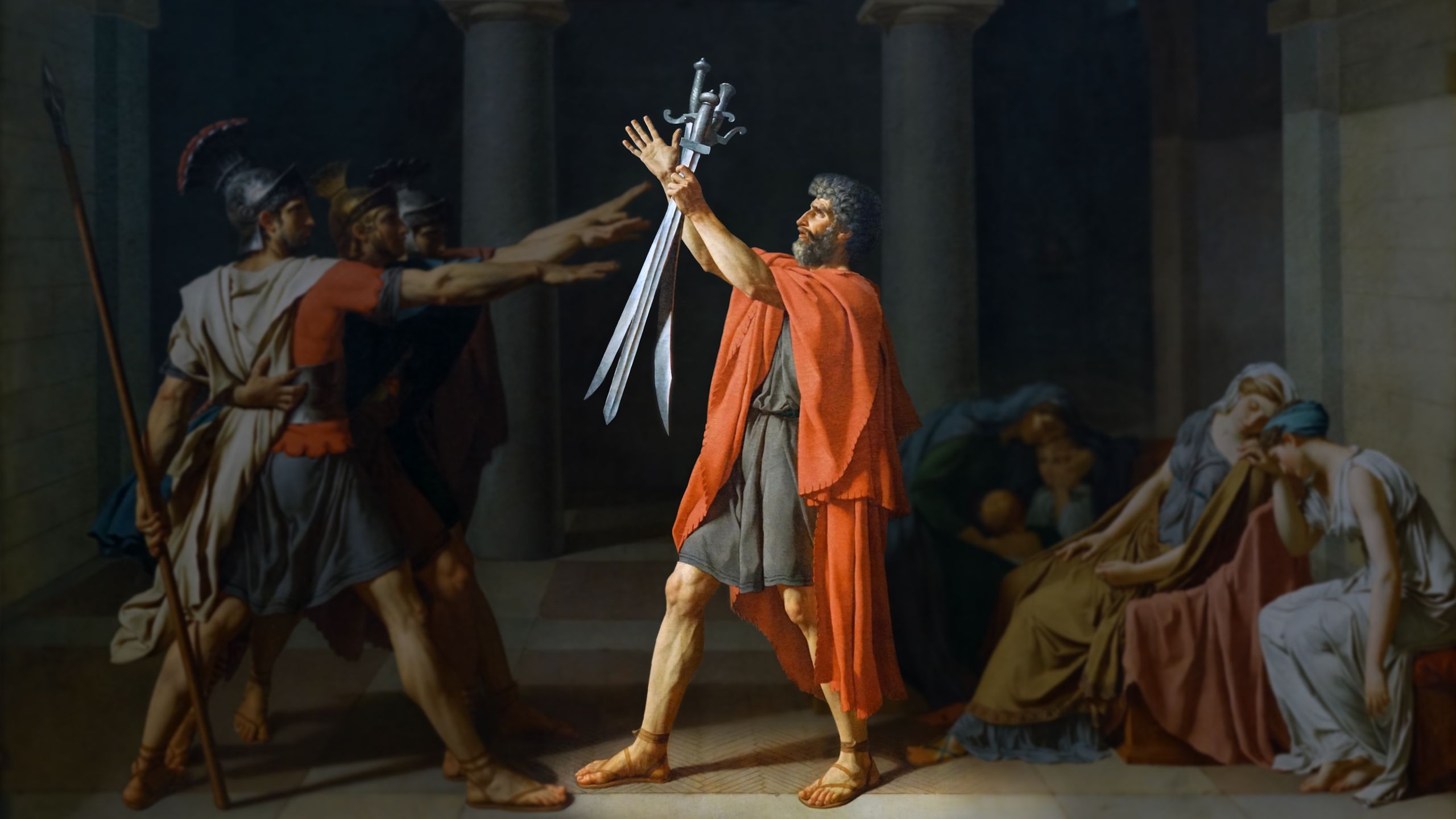
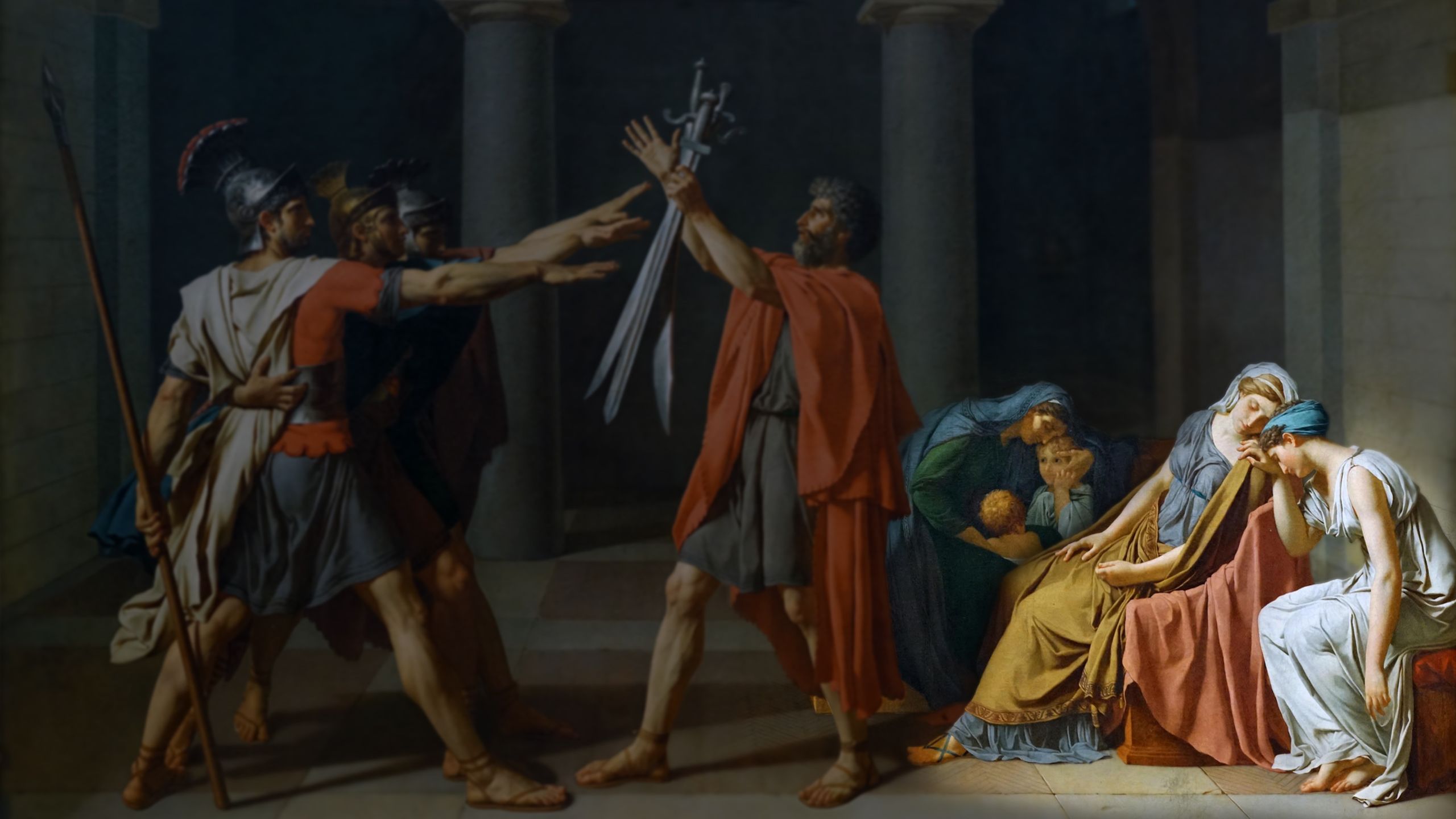
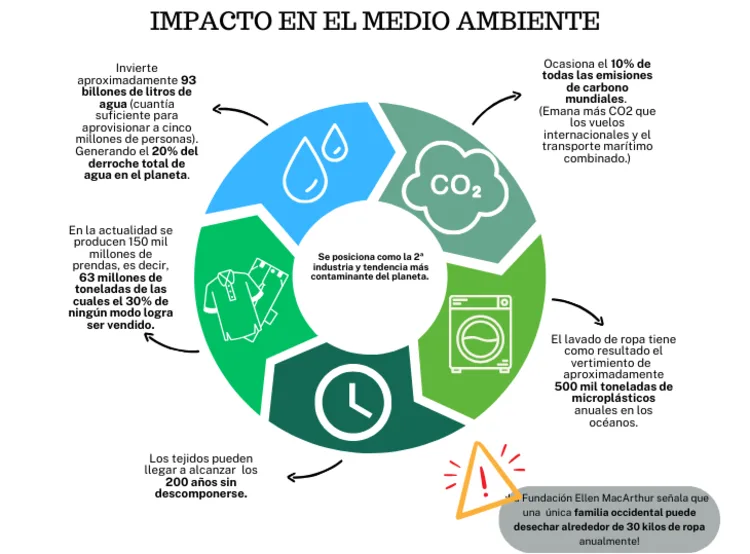
Three brothers salute three swords held aloft by another man.
The Roman legend of the Oath of the Horatii tells of a conflict between the Romans and a group from neighbouring Alba. To avoid a full-scale war, each side selects a trio of brothers to fight on their behalf. Here we see the Horatii brothers taking an oath to defend Rome against the Alba brothers: the Curatii.
The central figure is the father of the three men.
Horatius, the father, is sending his sons to war. Framed by the scene's central arch, he holds three swords aloft and raises his right hand as a sign of promise or sacrifice. Together, the four men's rigid upright pose contrasts sharply with the flowing, dark, and emotional setting of the women and children.
There are deep ties between the Horatii and Curatii.
One of the women in the painting is a daughter of the Curatii, and another, Camilla, is engaged to one of the Curatii brothers. Here, as the men take their oath to conquer or die, the women can only imagine the horrors to come.
Jacques-Louis David’s Oath of the Horatii was unveiled in the Paris Salon in 1785, where, even surrounded by other great works, it caused quite a stir. Some suppose that its depiction of human physicality and emotion transfixed some viewers purely as a visual spectacle, but that for others it was a real-life call to arms. To revolution.
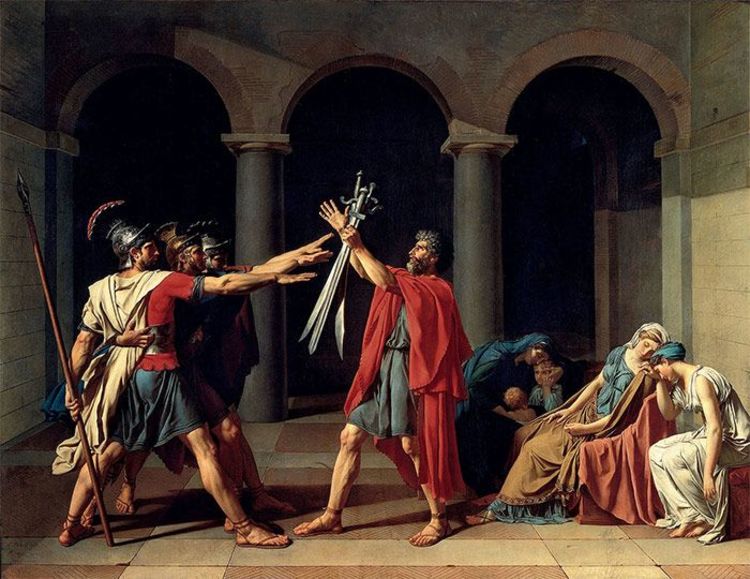
The image in full. 329.8 cm × 424.8 cm Oil on canvas. Louvre, Paris
The image in full. 329.8 cm × 424.8 cm Oil on canvas. Louvre, Paris
At a surface level, the artwork is simple. Three men salute another holding three swords while some women and a child weep. But, as with any message, there is deeper meaning. Some of it is unearthed through understanding the legend the painting depicts, and some through understanding the political situation in Paris at the time the painting was unveiled.